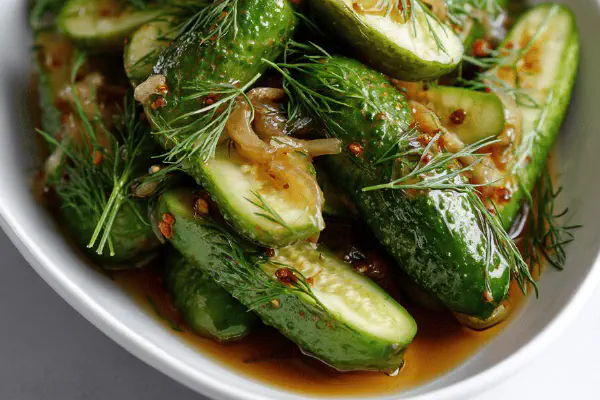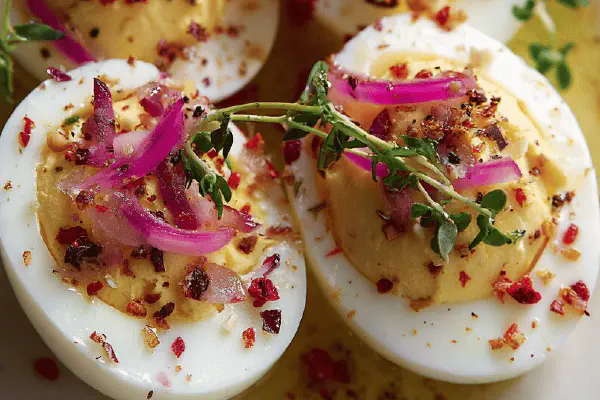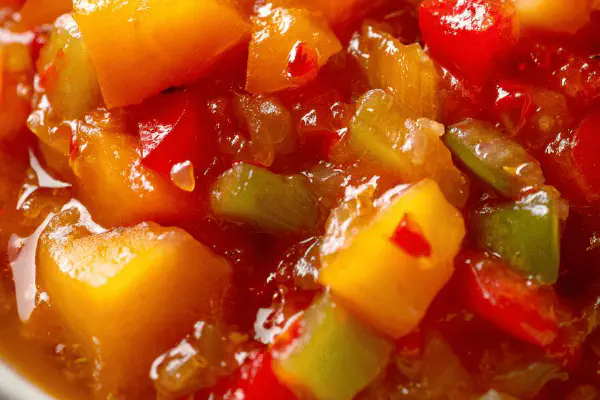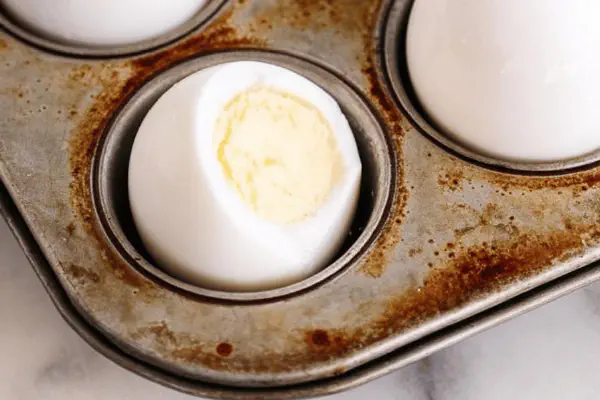Dill Pickled Cornichons Twist

By Emma
Certified Culinary Professional
Ingredients
- 900 g (about 2 lb) Kirby cucumbers well washed, cut in halves or quarters lengthwise depending on thickness
- 1 medium red onion sliced into rings
- 5 fresh dill sprigs
- 400 ml (1 2/3 cups) white vinegar
- 600 ml (2 1/2 cups) water
- 4 garlic cloves peeled and halved
- 40 ml (roughly 2 1/2 tablespoons) granulated sugar
- 25 ml (nearly 1 1/2 tablespoons) coarse salt
- 15 ml (1 tablespoon) mustard seeds
- 5 ml (1 teaspoon) whole black peppercorns
- 4 green cardamom pods
- 3 star anise pods
- 1 dried bay leaf
- 1 small piece (about 2 cm) fresh ginger peeled and sliced
About the ingredients
Method
- Prepare three 1-liter clean jars, sterilized if you plan longer storage. Distribute cucumbers, red onion rings, and dill evenly among them. Add sliced ginger pieces among jars for a subtle zing.
- In a medium saucepan, combine vinegar, water, sugar, salt, mustard seeds, peppercorns, cardamom pods, star anise, bay leaf, and garlic halves. Bring to a rolling boil over medium-high. Once boiling, reduce heat to low and simmer gently for about 7 to 8 minutes.
- You want to see bubbles just breaking evenly across surface not furious rolling. Aromas should deepen, spices infuse liquid with hints of licorice and warm peppercorn crackle.
- Immediately pour the hot brine over the jars’ contents until they’re covered, leaving about 1 cm headspace. Cap jars tightly. Let sit at room temperature until lukewarm — you’ll notice condensation inside jars. No shaking; infusion starts now.
- Place jars in fridge next up to 3 months. Flavor intensifies over 10 to 14 days but safe to sample earlier — cucumbers soften slightly but keep crisp snap.
- Use sturdy glass or ceramic knife to cut; metal can risk tainting flavors if jars opened long term.
- If brine seems cloudy before use, re-boil and cool then re-fill jars to keep pickles fresh and safe.
- Swap dill for tarragon or basil if you want a more herbal or summer vibe but remember the classic dill and cardamom combo is signature here.
- Don’t skimp on salt or sugar balancing. Sugar dampens vinegar punch; salt is key to crisp texture.
- Avoid overcooking cucumbers in brine before packing — that ruins crunch and texture. Adding fresh spices direct into jars keeps flavor fresher.
- Expect a vivid green contrast against white and red from onions, an inviting homemade rustic look.
- Ideal for sandwiches, snacks, or beside sharp cheeses. Makes fridge pop sounds when you open jars, that’s the ‘seal’ telling you all is good.
Cooking tips
Chef's notes
- 💡 Start skinny Kirby cukes; thick ones get mushy quick. Washing well—no skipping. Dirt messes brine clarity, waxy skins prevent proper soaking. Red onion adds color and cuts sweetness, gives slight bite. Fresh dill only; limp means aroma fails mid-process. Garlic amount important, boosts punch to balance sugar. Sugar too high masks tang. Salt crucial; mess with it and texture goes sad—aim close to 25 ml. Mustard seeds work well with cardamom and peppercorns, spices marry in simmer.
- 💡 Simmer brine until bubbles just tease surface, not roaring boil. Listen for light hiss, smell spice oils blooming—star anise brings that licorice note replacing cinnamon. Too fast, you lose aromatics and clarity. Pour hot liquid carefully; any splash burns. Filling jars close but leave 1 cm headspace prevents overflow. Cool at room temp till lukewarm, watch condensation; this settles spices around cucumbers and onions evenly. No shaking after sealing—brine clouds fast if moved.
- 💡 Slicing ginger thin creates subtle zing that lifts flavor. Add pieces among jars before brine pour, not in simmer. Fresh ginger’s peppery snap balances herbs. Swap herbs if wanted—tarragon or basil gives summer twist but dill-cardamom combo is backbone. Consider apple cider vinegar swap; lowers sharpness, adds fruitiness. Keep brine vinegar lower to avoid overpowering, more water softens bite. Mustard seeds and cardamom pods are spice anchors, don’t skip either.
- 💡 Use heavy glass or ceramic knife when slicing pickles. Metal risks flavor taint if stored long. If brine clouds early, re-boil it, cool down then refill jars—you save batch and keep pickles safe. Store upright consistently in fridge for up to 3 months. Flavor blooms at 10-14 days, cucumbers soften slightly but keep snap. Opening jars sounds pop; that’s vacuum break, seals freshness. Tannins mellow over time, patience pays off here.
- 💡 Packing jars tight but not pressed prevents trapped air pockets, which cause spoilage. Layer cucumbers, onions, dill, and ginger evenly to distribute flavor. Leaving space stops mush from developing from steam pressure. Sugar and salt balance key—too much sugar dulls vinegar; too little salt kills crunch. Simmering time about 7 mins enough to dissolve sugar, marry spices without dulling brightness. Pour slowly but thorough; covers everything and avoids partial spoilage. Refrigerate mandatory.
Common questions
Why add star anise instead of cinnamon?
Star anise brings licorice hints, softer than cinnamon. Changes aroma completely. I’ve tried both, star anise wins for subtle warmth. Cinnamon too sweet sometimes. Star anise adds depth, less cloying. Use three pods; less or more shifts tone.
Can I substitute vinegar types?
Yes, white vinegar standard but apple cider vinegar works with fruit notes. Reduces sharp burn, softer tang. Use same volumes but taste after simmer. Avoid balsamic or flavored unless careful—can cloud brine or overpower.
What if brine gets cloudy?
Re-boil brine, cool, then refill jars. Cloudiness means microbes or residue, reheating kills bad stuff. Don’t shake jars; movement clouds brine. Proper seal and fridge slows issues. If slime or smells appear, toss batch.
How long can I store pickles?
Up to three months fridge. Keep jars upright, consistent temp. Flavor improves 10-14 days; still safe after. Don’t trust if smell off or slimy. Plastic lids not favored; glass best. Sterilize jars if storing long. Room temp OK for short, but fridge safest.



